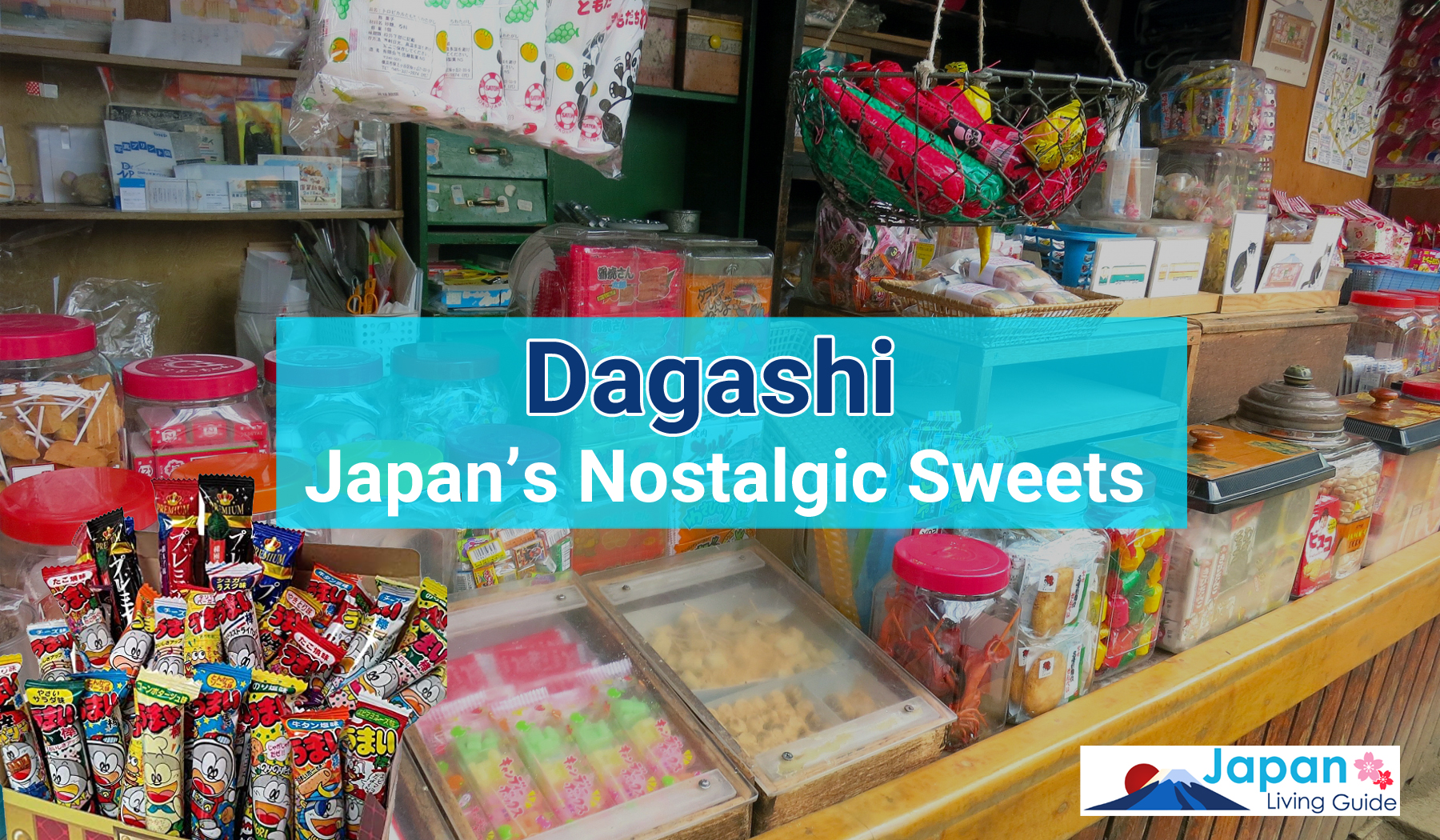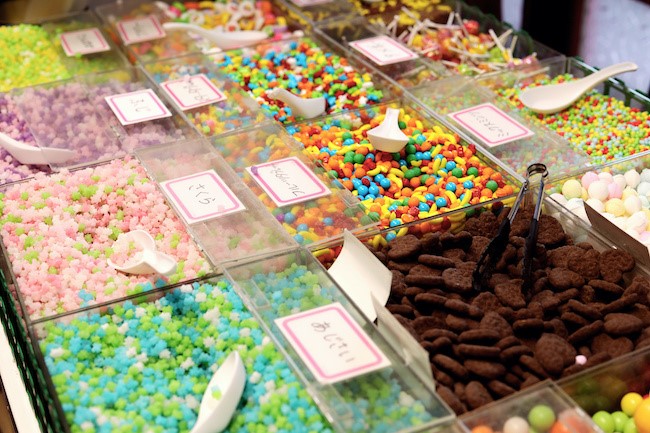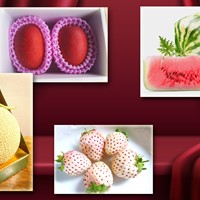A Closer Look at Dagashi: Japan’s Nostalgic Sweets

This page contains affiliate links.
Dagashi are popular types of Japanese sweets that are closer to candy than Japan’s traditional desserts. Though trivial in size, they carry significant meaning for anyone who grew up in post-war Japan. Much of the candy today maintains the nostalgic charm and packaging, making them a fun experience for enjoying the simple childhood pleasures of years past. Keep reading as we dig into the meaning of dagashi and which ones to try when you explore Japan.
What Are Dagashi

Dagashi have existed as a category of Japanese sweets since the mid-Edo period, where they developed as a way to differentiate cheaper sweets (made with corn or starch) from more expensive sweets, jogashi (made with sugar). However, dagashi truly came to peak popularity in the mid-20th century, when dagashi-ya, or dagashi shops, became a popular hangout spot for kids in the ’60–’80s. Dagashi are sometimes compared to “penny candy,” as both are very affordable.
In order to be called dagashi, the candy generally needs to meet the following requirements.
- Low price, under 200 yen, as it needs to be reasonably priced for a child to be able to buy.
- Shelf stable, due to changing seasons and weather.
- Fun to look at and eat. This can be achieved through a number of methods, such as having a popular mascot character, creating a contest to win prizes, or making the candy interactive.
While far fewer dagashi stores exist today, there are still some around as well as convenience stores that sell limited types of dagashi. Dagashi are also often displayed at cultural exhibits as an aspect of the Showa period.

Are Okashi and Dagashi the Same?
The word okashi is often used as a placeholder for the word “sweets,” which brings up the question of whether or not okashi and dagashi are different words for the same thing. However, okashi is better explained as the entire category of Japanese snacks. Okashi originally referred simply to fruit, but has over time been expanded to include sweets served with tea, Western sweets (pastries, cakes, and the like), and more. It can also include savory foods.
On the other hand, dagashi refer exclusively to simple, extremely affordable sweets that are marketed specifically to the tastes and interests of kids.
> Wagashi: The World of Traditional Japanese Sweets
Popular Types of Dagashi
There are many types of dagashi that are worth trying. As they are so affordable, it is common for children to buy a variety at once. Some of the most well-known, popular, or interesting dagashi include the following.
Umaibo
Umaibo is one of the most well-known types of dagashi, especially as it is still easily available in many convenience stores and supermarkets. The name literally meaning “delicious stick.” It is made of puffed corn with various flavorings sprinkled on top. Standard flavors include cheese or corn soup, but the producer also releases many limited-edition flavors, such as apple pie and takoyaki.
Kinako-ame

A more traditional form of dagashi is kinako-ame (Kinako bou). This is considered more of a historical treat and so is usually only available in traditional towns these days. Kinako is a type of soybean flour with a distinct nutty taste that is very popular throughout Japan, especially during autumn.
Ramune Candy
Ramune candy has been around for a long time. There are a variety of ramune-flavored candy, especially in summer, but the most recognizable dagashi-type ramune candy is packaged in a mini ramune bottle with small powdery tablet candies inside. The candies are fizzy and taste like the distinctive soft drink ramune.
Konpeito
One of the oldest and yet still popular types of dagashi is konpeito, which is simply a sugar candy made by coating a single grain of sugar with sugar syrup until it becomes larger. This candy was brought to Japan by the Portuguese in the 16th century, long before the concept of dagashi ever existed.
Because of its long history in Japan, konpeito has a number of other uses. It is sometimes used at shrines and various celebrations such as marriages and births. Interestingly, it is also included in the Japan Self-Defense Forces’ emergency food rations and military combat ration packs.
Kabayaki & Big Katsu

There are many examples of savory dagashi, and a lot of these include fish flavors. Some popular examples include kabayaki, which are small strips of fish jerky. These are available in different types, such as octopus, seaweed, and various types of fish.
Big Katsu is another example. Real katsu is a type of breaded pork cutlet, with the dagashi katsu imitating the flavor on a much smaller scale. However, while the Big Katsu is breaded like the real katsu, it uses dried fish rather than meat as the base.
Sakuma Drops
Another long-lasting dagashi is Sakuma Drops. These originally started during the Meiji period and transferred to being a dagashi-ya staple during the Showa period. Sakuma Drops are small fruit-flavored hard candy with real fruit juice as part of the ingredients.
However, part of the ongoing appeal is the packaging. Sakuma drops are bought in a small, distinctive red and white tin. These days, some people even collect the tins as they have changed over the years, including limited-edition designs. This candy was also featured in the critically acclaimed 1988 anime Grave of Fireflies, furthering adding to its ongoing popularity.
Dagashi Are a Fun Way to Enjoy Japanese History
Dagashi have become a culturally significant treat for generations of children and maintain their popularity today as gifts and souvenirs. They are a nostalgic reminder for many and fun, affordable sweets for others trying them for the first time.
For more on Japanese food, be sure to check out our Guide to Living in Japan, where we provide comprehensive information on a variety of topics, including English-speaking food delivery services, food labels in Japan, Japanese Luxury Fruits, and much more!


















